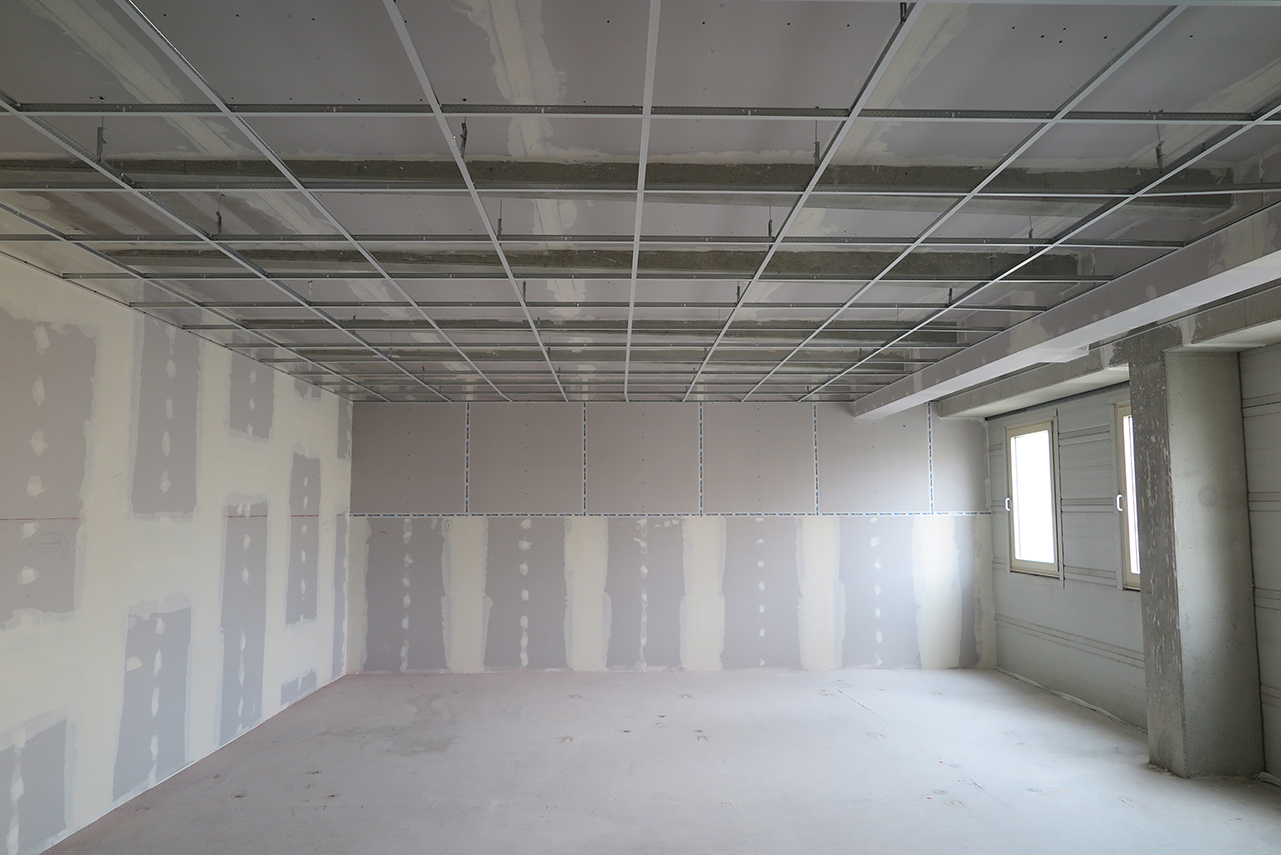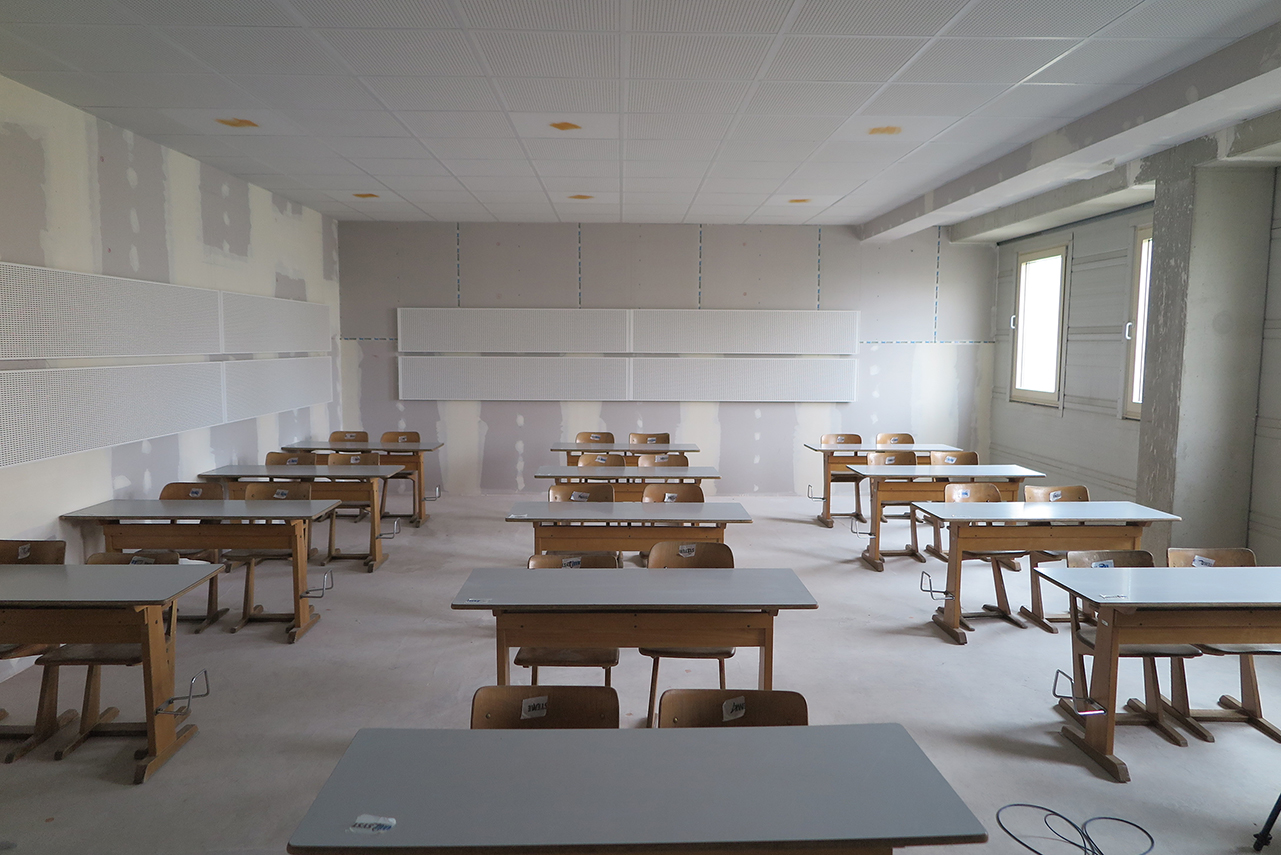
Simulation and auralization of room acoustics

We make innovative room acoustics visible and audible
Are you dissatisfied with the acoustics in your rooms? Have you already invested in acoustic measures, such as sound absorbers, but not been able to achieve any noticeable improvements? To achieve optimal room acoustics, the ratio between absorbers and the volume of the room as well as the distribution of sound in the room must be considered.
Through simulation and auralization, our experts can help you optimize your room acoustics. Computer-aided room acoustics simulations provide a multitude of acoustic parameters that go far beyond calculating reverberation times (e.g. speech intelligibility (STI), drop in sound level per doubling of distance, sound level distributions). We also make the room acoustics audible at various sites in the modeled room. This allows you to experience the changes in advance when using absorbers.
What can we do for you? Write us a mail!
Experience your very own room acoustics
We offer:
- Simulation and auralization of room acoustics for your general room planning based on the geometry of the room and surface properties of the simulated building
- Simulation and auralization of rooms with higher acoustic requirements, e.g. concert halls, opera houses, historical acoustics, virtual reality
- Simulation and auralization in the field of noise control. For example, sound insulation, factory buildings, soundscape
- Simulation and auralization for marketing or web applications
- Calculation tool for planning room acoustics
- Auralization at source and listener positions (as audio file in WAV format)
By simulating room acoustics, we conduct research for different types of rooms. The quality of the results always depends on the model created and the input data used. Our experts can draw on decades of experience in this field. To generate a high-quality auralization, we use our own source signals, which are recorded under optimal conditions in our anechoic chamber.
Our aim is to develop room acoustics parameters that, above all, correlate well with the subjective perception of the users. Because our room acoustics services are aimed at the people who use the rooms!
Audio samples
Noice reduction in a classroom
Audio samples for classrooms with and without absorbers or furnishings
This is a modal window.
Audio sample 1
This is a modal window.
Audio sample 2

